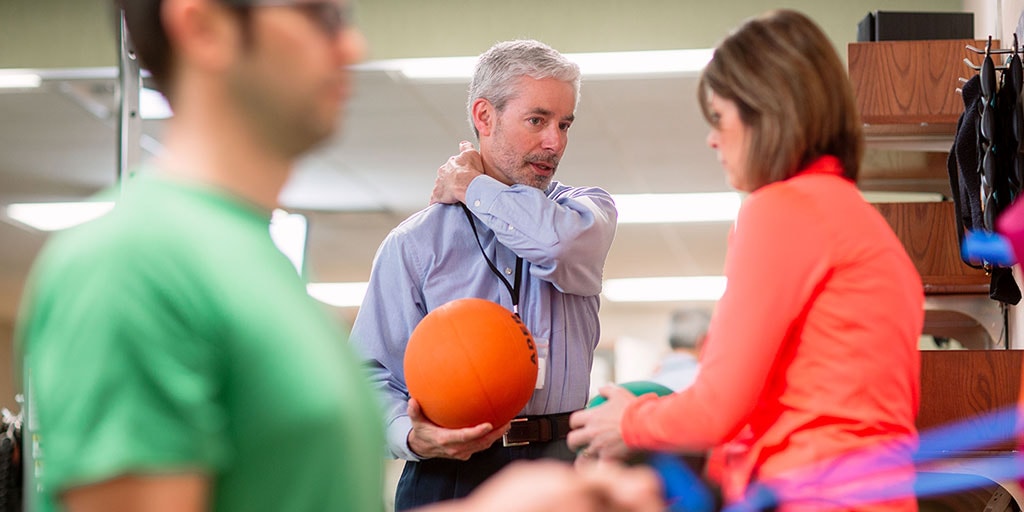The Crucial Effect of Strength Training on Improving Recovery and Effectiveness in Athletic Rehabilitation
The Crucial Effect of Strength Training on Improving Recovery and Effectiveness in Athletic Rehabilitation
Blog Article
Resistance conditioning holds a crucial role in sports rehabilitation, assisting athletes heal from injuries and enhance their overall capabilities. When an individual gets hurt, their body requires period to heal. However, during this rehabilitation period, it is essential to maintain power and mobility to avoid further damages. Strength training can be customized to suit the needs of each athlete, concentrating on specific muscular groups that may have been impacted by the injury. This focused approach not only assists in recovery but also prepares the athlete to return to their sport more robust than before.
One of the primary advantages of strength conditioning in rehabilitation is its capability to enhance muscular strength and stamina. When muscular tissues are more powerful, they can better stabilize joints and minimize the risk of recurrence of injury. For instance, an athlete recovering from a knee injury can benefit from workouts that fortify the thigh muscles and back thigh muscles. These muscles play a crucial role in supporting the knee articulation. By incorporating resistance training into their rehabilitation plan, athletes additional resources can recover their strength more efficiently and safely.
In addition to building power, strength conditioning also improves flexibility and scope of motion. Many traumas can lead to rigidity in the affected area, causing it difficult for individuals to navigate freely. Resistance training exercises often involve stretching and elongating the muscles, which can help restore mobility. For instance, adding resistance bands or weights into flexibility programs can enhance the efficacy of these workouts. As mobility enhances, athletes can execute movements more effectively, which is crucial for optimal capabilities in their activity.
Another important aspect of strength conditioning in athletic recovery is its positive impact on mental well-being. Healing from an trauma can be a difficult and frustrating experience for athletes. Engaging in strength conditioning can offer a feeling of accomplishment and boost confidence. As individuals see gains in their power and abilities, they may feel more driven to persist their rehabilitation journey. This mental uplift can be just as crucial as the bodily advantages, as a optimistic mindset can lead to improved results in recovery.
Finally, strength conditioning can assist athletes transition back to their activity more seamlessly. Once they have regained their power and mobility, athletes need to practice activity-specific actions to ensure they are ready for contests. Resistance training can be integrated with activity-specific drills to create a comprehensive recovery plan. This combination allows individuals to not only heal but also enhance their performance. By concentrating on both rehabilitation and performance, resistance conditioning becomes an essential tool in the recovery process, helping individuals return to their sport more robust and more durable.